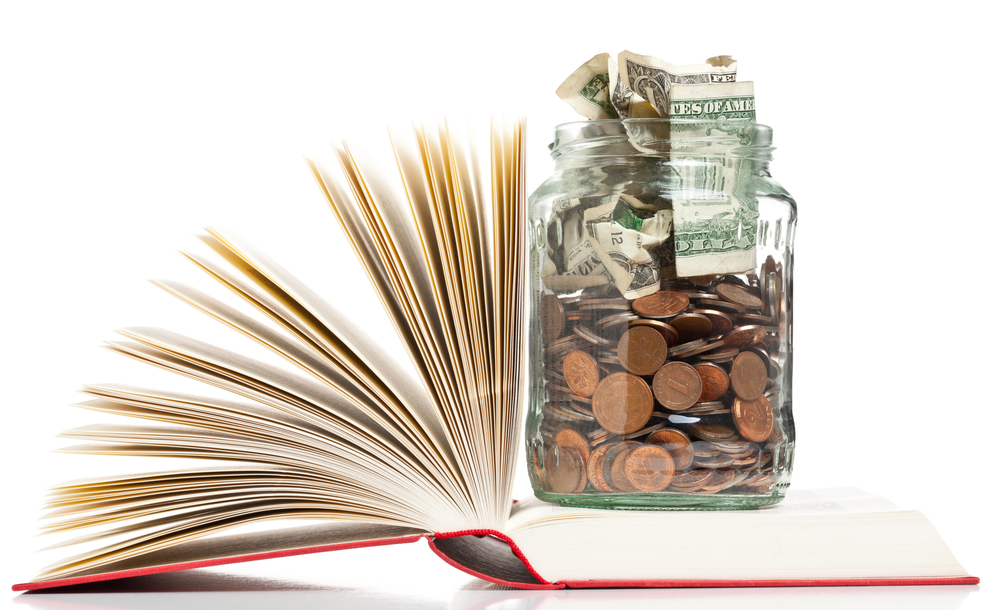Student Loan Forgiveness and the 7 Repayment Options
The theme this month has been back to school: student loans, college payments, financing, and the like. Especially today, student debt can be consuming- making it next to impossible for graduates to build their savings account, or just get through day-to-day life without financial worries.
You’ve probably scrolled through Facebook or heard on television about Obama’s “Student Loan Forgiveness Act”; so what is it exactly? Perhaps the most obvious and quickest answer is that the act strives to help students pay much less on, or completely eliminate their federal loan debt.
The longer answer is: earlier in his presidency, President Obama announced a forgiveness plan for students who were unable to complete their loan payments or had paid a large amount of their loan for a long period of time. The forgiveness program states that all federal student debt will be forgiven after 20 years of payment.
Those who obtain a career in public service, military, or teaching qualify for an earlier forgiveness after 10 years of regular payment.
As of 2014, there are 7 available repayment options for those with federal (not private!) student loans. There has not yet been a bill passed to assist with private student loans. Here is a brief overview of the current repayment plans:
Standard: Applies to Direct Subsidized and Unsubsidized Loans, Subsidized and Unsubsidized Federal Stafford loans and all PLUS loans. All payments are fixed and they must be at least $50 per month with a 10 year time frame.
Graduated: Applies to the same loans as Standard, with no fixed payments. The payments will start smaller, and then increase every two years with a 10 year time frame.
Extended: Applies to the same loans above that are newer than October 1st 2007 with $30,000 or more in debt. Your payments can be either fixed or graduated with a 25 year time frame.
Income-Based: Applies to the same loans as Standard and Graduated, as well as Consolidation loans (Direct or FEEL, if not issued to parents of students). The payments are capped at 15% of your discretionary income, fluctuating with the size of your income with a 25 year time frame.
Income-Contingent: Applies to all Direct Subsidized, Unsubsidized, PLUS, and Consolidation loans. Payments are fixed annually based on your adjusted gross income, family size, and total loan debt. Payments will fluctuate as your income and debt load change, with a time frame of up to 25 years.
Income-Sensitive: Applies to Subsidized and Unsubsidized Federal Stafford Loans, FEEL PLUS Loans, and FEEL Consolidation Loans. Your payments are not fixed and will fluctuate based on income with a 10 year time frame.
Pay As You Earn: Basically the same as the Income-Based plan, except the monthly payments are capped at 10% of your discretionary income instead of 15%. This is the newest payment plan and perhaps one of the best available.
Now what? The best one to choose depends entirely on your income, work situation, and of course, eligibility. To avoid accumulating other costs such as interest, it’s typically best to select a monthly payment plan that you can reasonably afford.
Stay tuned for more updates and payment plans with the Student Loan Forgiveness Act. If you or a dependent is pursuing or paying off a degree, it is crucial to not let student debt prevent a successful future.
Contact Paragon Accountants to learn more about student debt, payment plans, and financial planning. We are always here to help you reach your goals!





